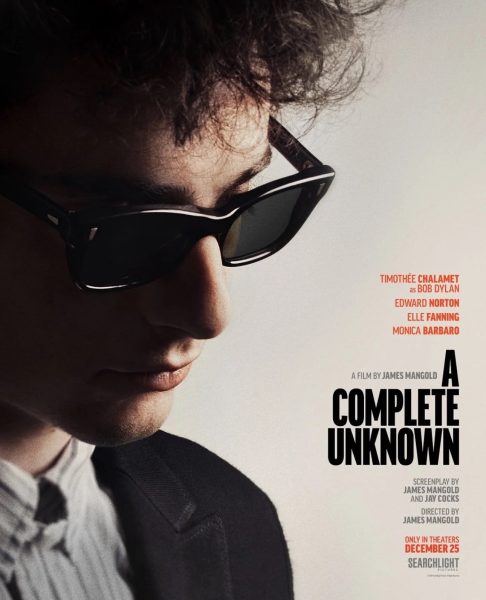Remembering rap legend MF DOOM
From Issue 6
Daniel Dumile, better known as rapper MF DOOM, died on October 31st, 2020. A legend in many hip-hop fans’ eyes, MF DOOM was the king of the underground hip-hop scene. A man of many names, most know him by MF DOOM, while others know him as Metal Fingers when he made beats and produced, others knew him as Viktor Vaughn when he was just a teen. He created his whole persona around fictional villain and Fantastic Four arch nemesis Dr. Doom, wearing a metal mask anytime he performed or was photographed. A saying that most rap fans began saying over the years was that MF DOOM was “your favorite rapper’s favorite rapper.” What this pretty much means is that most prominent rappers nowadays have come out and said how much of an influence MF DOOM has been on their rap careers. But what exactly brought MF DOOM to such great heights?
Daniel Dumile’s story begins with him being born in London, England and soon after moving to Long Island, New York. He grew up interested in marvel comics and hip hop culture, eventually leading him and his brother to start their careers in 1988. As members of the New York City rap trio K.M.D., Daniel and his younger brother Dingilizwe funneled years spent studying hip-hop music and culture into 1991’s Mr. Hood, an imperfect but promising debut. The album sold just enough for legendary A&R rep Dante Ross to petition Elektra Records to settle on a second K.M.D. album. In the new music, the Dumile brothers focused on darker themes, doubling down on social justice informed by their black Muslim upbringing. But weeks before the album’s completion, Dingilizwe died after getting struck by a car while crossing an expressway on Long Island. Unfortunately, Elektra got cold feet about releasing K.M.D.’s sophomore effort because of inappropriate cover art and eventually just let Dumile walk. Other major labels treated the group’s sophomore album like trash, practically ending Dumile’s shot at a mainstream music career. Because of this, money and shelter were hard to come by over the next few years. After some time in hiding, Dumile came out–face covered–as MF DOOM.
At first, he only played open-mics events and small gigs around town. Once he released his first album Operation: Doomsday, the world was given something new in terms of hip hop, as well as the music scene in general, at the time. A rap album that redefined boom-bap, MF DOOM was the master of rhyme, flowing effortlessly over self-made beats that cut up classic tracks from the likes of Quincy Jones to make a top song like “Rhymes Like Dimes”. However, as he furthered his career, he never went one way or another in terms of rap or production, considering how good he was at both, and tried his best to balance the two.
Through his raps, DOOM effectively called into question the relationship between identity and image in hip-hop at a time when artists were spending millions of dollars to look cool and asking listeners to believe they lived every story they told. DOOM was the antithesis of the expensive disco-hit remakes and loud couture of the shiny-suit era into which Operation: Doomsday was released, warping the familiar and making it sound degraded and crude. In an era when clarity and simplicity were the keys to a hit record, DOOM dealt his rhymes in riddles fans would unpack for years. You could wallow in the surface-level adornments for a lifetime– studying the interplay between ’60s horror and comic-book references, ’70s and ’80s soul music, and intricate New York City lore–or you could listen past it and sympathize with the hard living and loving that DOOM’s beats and puns gave cover for. This made his music a refuge for those disillusioned by the glamour of commercial turn-of-the-mill rap as well as a gateway for new listeners lacking the experience to see themselves in the stuff on the charts. DOOM bridged audiences, styles, and artists, showing that rap didn’t have to stick to being such a concrete genre.







